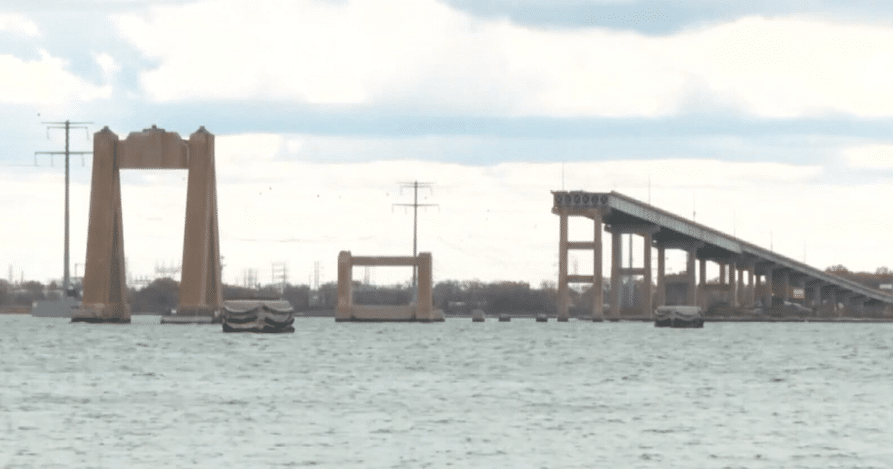Maryland Proposes Key Changes for New Key Bridge

The Maryland Transportation Authority (MDTA) has announced significant modifications to the design of the new Francis Scott Key Bridge, aimed at expediting construction and reducing environmental impact. The proposed changes involve relocating the new bridge approximately 260 feet southeast of the existing structure, allowing for simultaneous construction and demolition. MDTA officials believe this approach will streamline the project while minimizing disruptions.
Construction Plans and Environmental Considerations
MDTA’s new design strategy includes moving the bridge’s footprint, which enables the construction of the new bridge while the old one is being dismantled. Jason Stolicny, MDTA’s deputy director, emphasized the benefits of this approach, stating, “We saw this as a win-win to get to the key construction elements as quickly as we can, while also minimizing the overall impacts of the project.” This shift means that the removal of the existing bridge will not be a critical element in the timeline, allowing for a more efficient process.
To implement these changes, MDTA must formally request an amendment to its approved permit, which requires approval from the Maryland Department of the Environment (MDE). The state’s Board of Public Works will provide the final sign-off before the new plan can be executed. The anticipated completion date for the rebuilt Key Bridge is set for fall 2028, with an estimated cost exceeding $1 billion.
Consultation feedback report now available: Changes to safety management system requirements
The new bridge will feature a cable-stayed design that expands the federal shipping channel from 700 feet to approximately 1,000 feet. Additionally, the bridge’s base will be elevated to 230 feet, a 45-foot increase intended to accommodate larger ship traffic. MDTA aims to limit environmental disruption, particularly concerning the remaining piers of the old bridge, which are submerged below the mud line. Dredging these concrete slabs could disturb the bay’s ecosystem, a scenario MDTA is keen to avoid.
Community Feedback and Next Steps
Residents of Edgemere recently gathered for a public hearing to discuss the proposed adjustments to the Key Bridge project. Community members expressed mixed feelings about the changes. One local resident described the Key Bridge as a “lifeline,” highlighting its importance as a primary connection between Baltimore and Anne Arundel Counties. Frank Neighoff, president of the Greater North Point Association, noted the bridge’s significance, stating, “You don’t realize how much you missed the bridge until it isn’t there.” He praised the new alignment for its potential to expedite construction without disturbing the deeply buried old piers.
However, some attendees raised concerns about the potential impact on water quality in the Patapsco River and Chesapeake Bay. Tim Fazenbaker, a representative from the Baltimore County Republican Central Committee, voiced apprehension about dredging activities, emphasizing the need to ensure that toxins do not resurface during the project. MDE is encouraging community members to submit their feedback online until September 6.
As demolition of the remaining sections of the collapsed Key Bridge begins, crews are expected to work for at least nine months using heavy machinery. The demolition process involves carefully removing concrete slabs piece by piece. Following this, testing of the new support structures is scheduled for next month, utilizing steel piles designed to absorb impacts and enhance the bridge’s stability.
